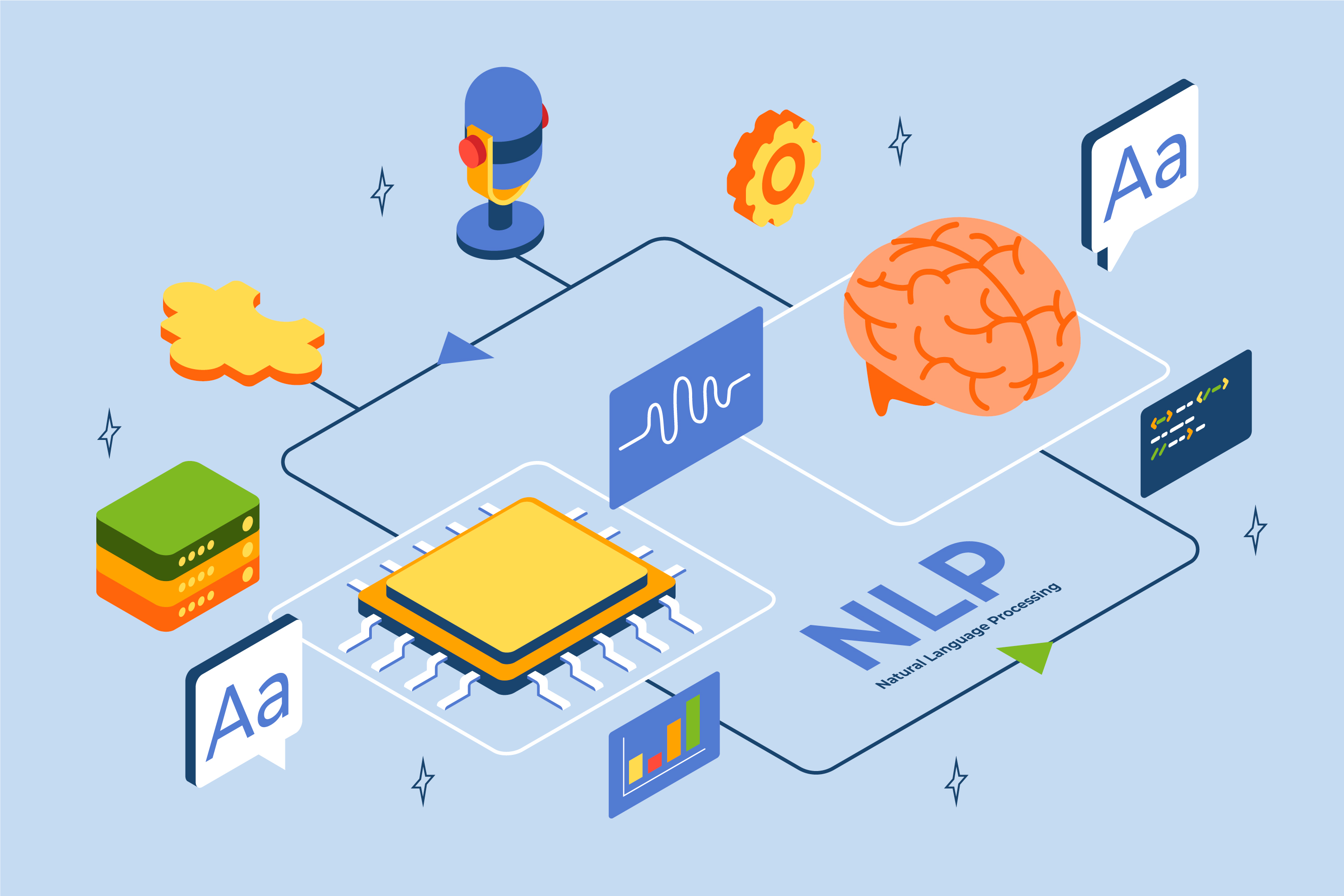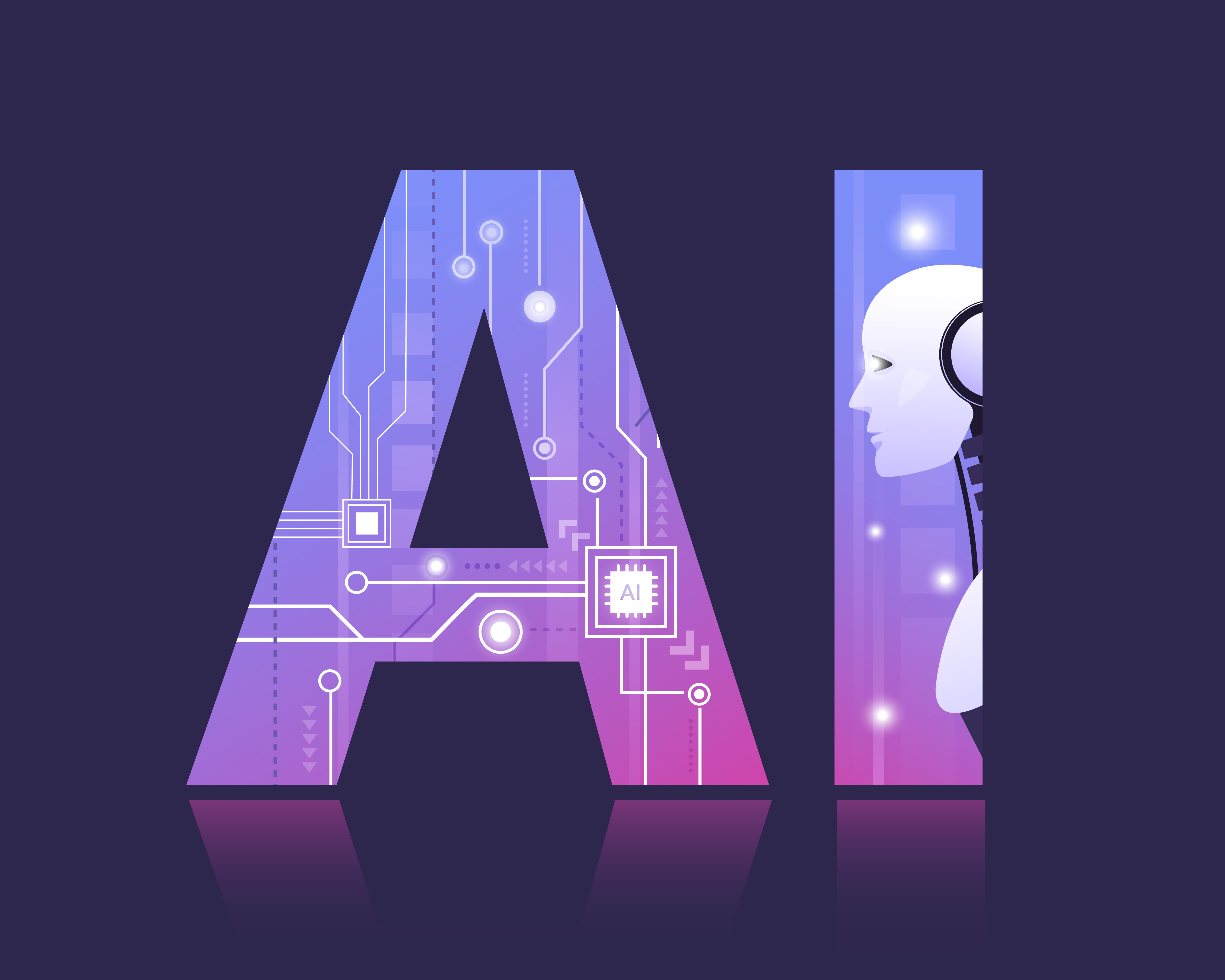
Greetings from the exciting field of machine learning! The state of innovation and technology is changing at an incredible rate as the twenty-first century goes on. Machine learning (ML), a subfield of artificial intelligence that trains computers to learn from and interpret data without direct human input, is at the center of this revolution. The brains underlying artificial intelligence are machine learning algorithms, which allow machines to perform better and make decisions that previously required human intuition. We'll look at some of the most fascinating and cutting-edge machine learning algorithms that are influencing our future in this blog. You may discover insightful information and fascinating advancements about artificial intelligence here, regardless of whether you're a tech enthusiast, an expert in the subject, or just interested in learning more.. Let’s embark on this journey through the cutting-edge of machine learning algorithms, discovering how they transform industries and our everyday lives.
Significant changes have occurred in machine learning algorithms, which have progressed from straightforward linear models to intricate, tiered systems that resemble human thought processes. This evolution reflects improvements in our knowledge of the workings of natural intelligence as well as advances in processing capacity.
The fundamental techniques that established the basis for what we today refer to as artificial intelligence are traditional machine learning algorithms. These consist of support vector machines, decision trees, logistic regression, and linear regression. These algorithms work without explicit programming by learning from a set of training data to generate predictions or judgments. They are appropriate for a variety of applications since they are generally less computationally demanding and easier to implement. However, in comparison to more advanced algorithms, their capacity to handle complicated patterns in data is rather limited.
The development and introduction of neural networks marked a pivotal shift in the landscape of machine learning. Mimicking the architecture of the human brain, neural networks consist of layers of interconnected nodes or neurons that process data simultaneously. This allows them to learn intricate patterns from large amounts of data, significantly improving the accuracy and efficiency of tasks such as image and speech recognition, among others.
Machine learning algorithms became increasingly complicated and efficient as technology advanced. A number of cutting-edge machine learning models are emerging now that are expanding the possibilities for artificial intelligence beyond anything seen in the past.
Deep learning, a subset of machine learning based on deep neural networks, uses algorithms inspired by the structure and function of the brain called artificial neural networks. Deep learning models are designed with many layers (hence 'deep') that progressively extract higher-level features from the raw input. They have radically improved the capabilities in fields such as computer vision, natural language processing, and audio recognition, boasting remarkable results that often surpass human performance.
Reinforcement learning is another advanced machine learning technique, where an algorithm learns to perform a task simply by trying to maximize certain rewards. Here, models learn and make decisions from trial and error, gradually improving their performance without any explicit programming of correct actions. This type of learning is particularly powerful for applications involving decision-making under uncertainty, such as robotic navigation and game playing.
Generative Adversarial Networks (GANs), introduced by Ian Goodfellow in 2014, represent yet another frontier in machine learning technology. GANs consist of two neural networks, the generator and the discriminator, which are trained simultaneously. The generator aims to produce data (like images) that are indistinguishable from real data, while the discriminator strives to detect whether the data it sees are real or created by the generator. This adversarial process results in the generator creating highly realistic and complex models. GANs have exciting applications, ranging from art and animation to photo enhancement, and even the creation of artificial training data for other machine-learning models.
Machine learning is revolutionizing healthcare by providing deeper insights and enabling more personalized care. Algorithms can analyze vast datasets, identifying patterns that humans can't easily see. For instance, AI is used to detect diseases such as cancer more accurately and at earlier stages by analyzing medical images. In predictive medicine, machine learning helps forecast which treatments will be most effective for individual patients, minimizing unnecessary procedures and enhancing recovery rates.
In the world of finance, machine learning algorithms streamline operations and enhance decision-making. They are crucial in fraud detection, where they analyze transaction patterns to identify suspicious activities quickly. Additionally, algorithms assist in customer risk assessment, adaptively learning from new data to improve credit scoring models. Algorithmic trading is another significant application, where AI enables high-frequency trading strategies that can outperform human-operated trading in both speed and efficiency.
Machine learning is a cornerstone of the autonomous vehicle industry. It enables cars to interpret and understand the environment around them. Essential tasks like detecting objects, predicting the behavior of other road users, and making real-time decisions are all powered by advanced algorithms. This technology not only improves car safety but also enhances traffic flow and reduces congestion. The development of autonomous vehicles is expected to transform transportation by making it safer and more efficient.
While the advances in machine learning continue to impress, several challenges still exist. One of the primary hurdles is data privacy, as learning algorithms often require massive amounts of data, which can include sensitive information. The complexity of models also presents a challenge, making it difficult for even the experts to fully understand or predict model behaviors — this is often referred to as the problem of 'black box' models.
To address these issues, researchers are working on developing more transparent models and methods to ensure that AI decisions can be auditable and explainable. This push toward transparency is crucial for gaining public trust and for the broader adoption of AI technologies in sensitive areas like healthcare and finance. Additionally, advancements in federated learning are promising for handling data privacy, as they enable the training of algorithms on decentralized data, maintaining privacy at its core.
Looking ahead, the future of machine learning seems robust and full of potential. Innovations such as quantum machine learning, which involves using quantum computing to perform machine learning tasks, could significantly speed up processing times and tackle problems beyond the reach of current algorithms. Additionally, as the Internet of Things (IoT) expands, machine learning algorithms will become more embedded in everyday devices, enhancing their functionality and making them smarter. This integration points to a future where AI becomes a seamlessly integrated aspect of our daily lives.


